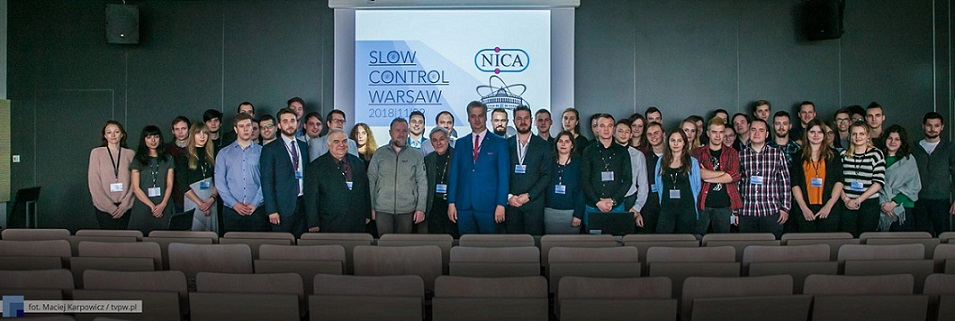Speaker
Description
Goal:
Large detectors like ALICE in CERN are often equipped with additional cosmic ray detectors. These detectors are used to obtain information about which tracks inside the detector came from the passage of a particle coming from an atmospheric cascade (eg: muons), and are not as a product of an internal collision. They are also very useful for calibrating detectors such as TOF or TPC. The nature of radiation changes in relation to the direction in the sky which we observe as well as the influence of very thick walls or ground. The goal of this exercise is to self build a small cosmic ray detector and making real measurements using it, and analyzed received results.
Description of the exercise:
1. Discussion of the issue of wide atmospheric showers and cosmic irradiation.
2. Construction of a small detector based on a scintillator and optical element SiPM type.
3. Carrying out measurements of cosmic radiation and determining the azimuth angle and the environment dependence.
4. Understanding the “arduino” control system and its programming.
5. Presentation the Cosmic Watch and CREDO program and the new cosmic radiation detector for the NICA collider (MCORD).
6. Preparation the own speech at the end of the student practice and for the conference after that, and preparation the publication together with the practice supervisor based on the obtained results.
Requirements for the students:
The subject is addressed to students interested: practical measurement systems, astrophysics, nuclear physics and electronics.
Basic knowledge of electronic layout.
Basic skills in using Excel program.
